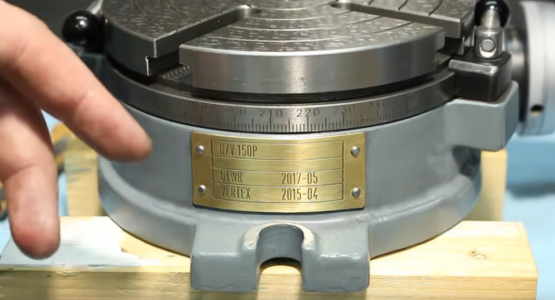Really all this could have been and was predicted long ago. As long as labor rates are significantly different for similar skills around the world, work will migrate to the lower cost producers. For example, we see India as a new low cost supplier of our hobby type equipment, but they are also solidly into software development.
The difficult and troublesome fact is that if you don't manufacture or produce the current generation, you can't design the next generation. A huge amount of US based design is really "specification" of what you want built next time.
Since there is no geographic, national or racial boundaries for creativity, this will continue until wages and productivity tend to equalize around the world.
So says me.



